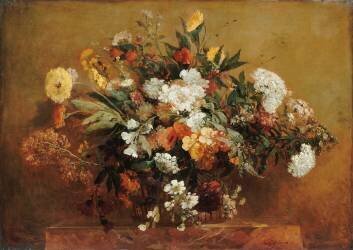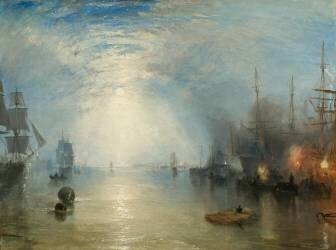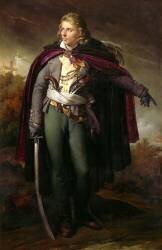Romantic paintings
At the beginning of the 19th century, a new generation was born, after the Revolution and Napoleon's wars. They lived in a troubled century, but without tragedy or glory. Nostalgic for an era that would have given purpose to their lives, they lived in deep disenchantment. This led Romantic artists to redefine the purpose of their art. No longer able to represent a grandeur that no longer existed, they set out to explore human passions, the darker sides of the soul, the supernatural and even the morbid. The emergence of the mass media, with their bloody news stories, provided artists with a new source of inspiration. Horror was at the heart of reality and became a place for exploring dreams, the irrational, twilight figures and spirits.
Romantic painting is a movement based on inner feelings and the torments of the soul. This period of art breathed a new tone into the works, dealing with dreams, but also doubt, fear and madness in the face of the surrounding environment. Imagination played an important role in Romanticism, with the painter no longer bothering to respond to a commission or to please, but letting his mind take over. This is how Romantic painting created the myth of the cursed painter, the genius who was ahead of his time, misunderstood and miserable, but free nonetheless.
The artist most representative of Romanticism is undoubtedly Eugène Delacroix, whose lively work in contrasting colours expresses exacerbated passions. The reproduction of the painting "Jeune Orpheline au cimetière", for example, is a great idea for decoration. Géricault's "Le radeau de la méduse" (The Raft of the Medusa), just as violent but darker, is an excellent gift idea.










































